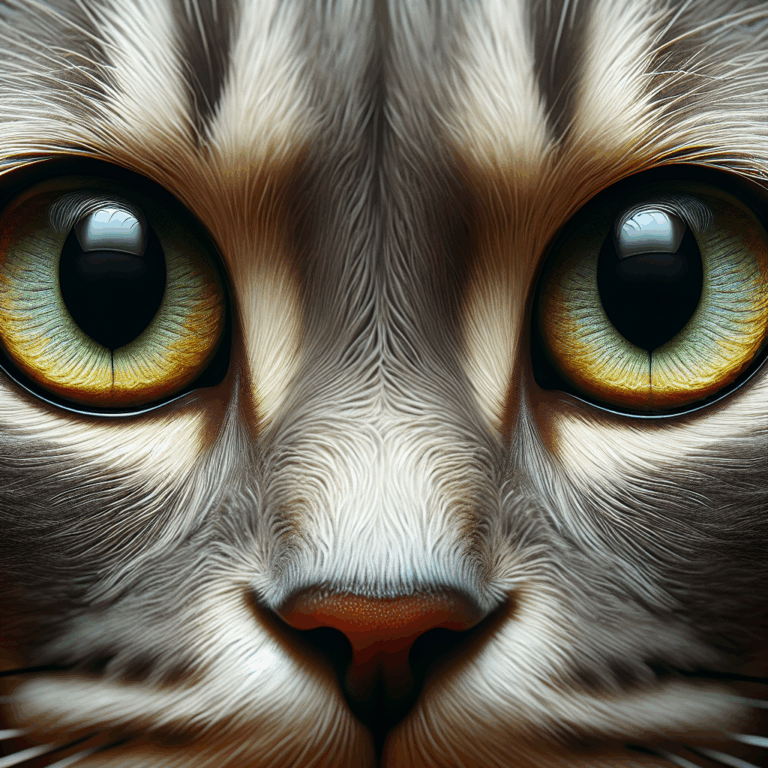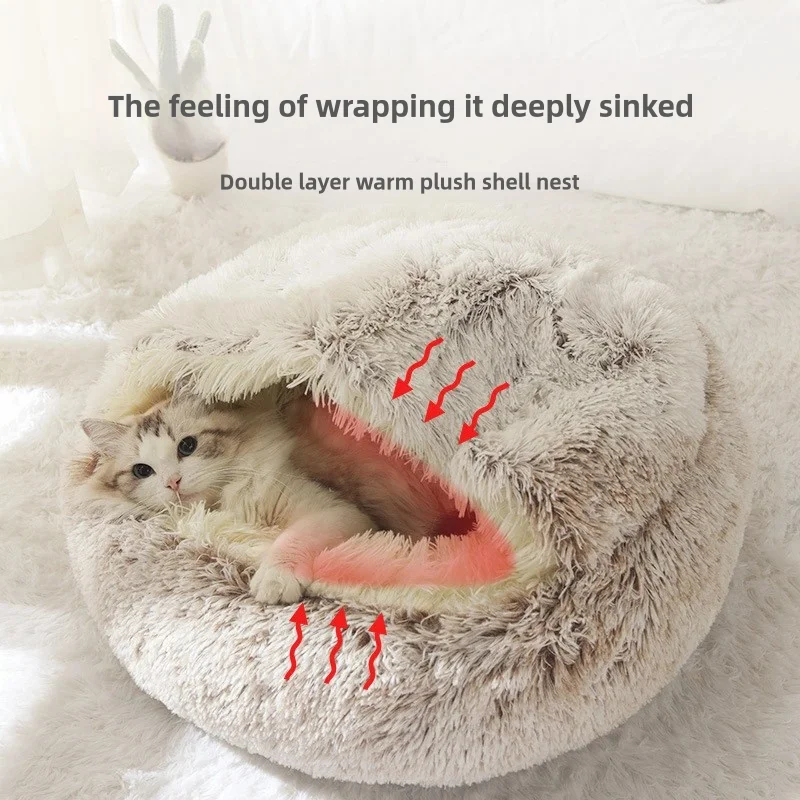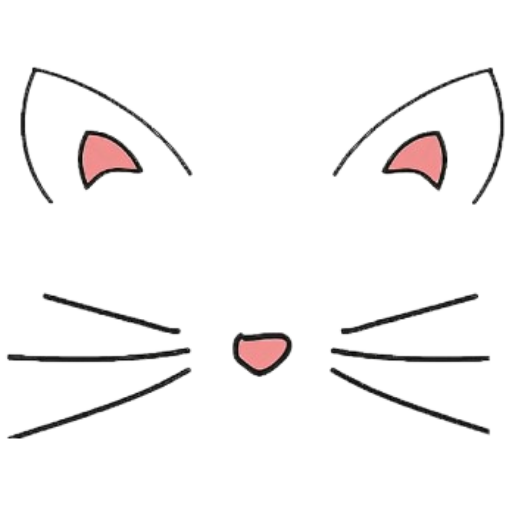The Silent Communicators: Decoding the Language of Cat Eyes
Welcome to another edition of our feline-focused newsletter, where we delve into the captivating world of cats and uncover the secrets behind their enigmatic behaviors. Today, we turn our gaze to the mesmerizing and expressive eyes of our beloved feline companions. The eyes of a cat have long been a subject of fascination, not only for their beauty and mysterious allure but also for their role as a powerful mode of communication.
Cats are known for their ability to convey a wealth of information through subtle eye movements and expressions. Unlike humans, who rely heavily on spoken language, cats communicate largely through body language, and their eyes are an integral part of this silent dialogue. By observing the nuances of a cat’s eyes, we can gain insight into their emotions, intentions, and even health.
One of the most notable features of a cat’s eyes is their ability to dilate and constrict. When a cat is relaxed and content, its pupils are typically narrow. However, when a cat is excited, frightened, or in hunting mode, its pupils expand, allowing more light to enter and enhancing its ability to detect movement. This dilation is not only a physiological response but also a clear indicator of the cat’s current state of mind.
Another fascinating aspect of cat eyes is the slow blink, often referred to as a “cat kiss.” When a cat looks at you and slowly blinks, it is a sign of trust and affection. This gentle gesture is a way for cats to communicate that they feel safe and comfortable in your presence. By returning the slow blink, you can strengthen the bond with your feline friend, creating a mutual understanding that transcends words.
Furthermore, the direction in which a cat looks can reveal a great deal about its focus and interest. A direct stare can indicate curiosity or even a challenge, while averted eyes might suggest submission or a desire to avoid confrontation. Cats are also known to use their eyes to communicate with other animals, often using a combination of eye contact and body language to establish dominance or convey friendliness.
In addition to emotional expression, a cat’s eyes can provide valuable clues about its health. Changes in eye color, cloudiness, or discharge can be indicators of underlying medical conditions, such as infections or injuries. Regular observation of your cat’s eyes can help identify potential health issues early, ensuring prompt veterinary care when needed.
In conclusion, the eyes of a cat are not only windows to their soul but also a vital tool for communication and understanding. By paying close attention to the subtle cues conveyed through their eyes, we can deepen our connection with these mysterious creatures and enhance our ability to care for them. As we continue to explore the fascinating world of cats, may our understanding of their silent language grow, bringing us closer to these extraordinary animals who enrich our lives with their presence and charm.

Welcome to another edition of our feline-focused newsletter, where we delve into the captivating world of cats and uncover the secrets behind their enigmatic behaviors. Today, we turn our gaze to the mesmerizing and expressive eyes of our beloved feline companions. The eyes of a cat have long been a subject of fascination, not only for their beauty and mysterious allure but also for their role as a powerful mode of communication.
Cats are known for their ability to convey a wealth of information through subtle eye movements and expressions. Unlike humans, who rely heavily on spoken language, cats communicate largely through body language, and their eyes are an integral part of this silent dialogue. By observing the nuances of a cat’s eyes, we can gain insight into their emotions, intentions, and even health.
One of the most notable features of a cat’s eyes is their ability to dilate and constrict. When a cat is relaxed and content, its pupils are typically narrow. However, when a cat is excited, frightened, or in hunting mode, its pupils expand, allowing more light to enter and enhancing its ability to detect movement. This dilation is not only a physiological response but also a clear indicator of the cat’s current state of mind.
Another fascinating aspect of cat eyes is the slow blink, often referred to as a “cat kiss.” When a cat looks at you and slowly blinks, it is a sign of trust and affection. This gentle gesture is a way for cats to communicate that they feel safe and comfortable in your presence. By returning the slow blink, you can strengthen the bond with your feline friend, creating a mutual understanding that transcends words.
Furthermore, the direction in which a cat looks can reveal a great deal about its focus and interest. A direct stare can indicate curiosity or even a challenge, while averted eyes might suggest submission or a desire to avoid confrontation. Cats are also known to use their eyes to communicate with other animals, often using a combination of eye contact and body language to establish dominance or convey friendliness.
In addition to emotional expression, a cat’s eyes can provide valuable clues about its health. Changes in eye color, cloudiness, or discharge can be indicators of underlying medical conditions, such as infections or injuries. Regular observation of your cat’s eyes can help identify potential health issues early, ensuring prompt veterinary care when needed.
In conclusion, the eyes of a cat are not only windows to their soul but also a vital tool for communication and understanding. By paying close attention to the subtle cues conveyed through their eyes, we can deepen our connection with these mysterious creatures and enhance our ability to care for them. As we continue to explore the fascinating world of cats, may our understanding of their silent language grow, bringing us closer to these extraordinary animals who enrich our lives with their presence and charm.



14 thoughts on “The Silent Communicators: Decoding the Language of Cat Eyes”
This insightful post beautifully highlights how observing the subtle expressions of cat eyes can deepen our connection with these fascinating animals.
This insightful post beautifully explains how cat eyes can reveal so much about their feelings and health.
It’s wonderful to hear you found the insights about cat eyes revealing. They truly are fascinating indicators of their emotions and well-being.
While the exploration of feline eye communication is intriguing, it’s important to remember that interpretations can vary greatly and may not always be scientifically validated.
This post beautifully highlights the captivating and expressive nature of cat eyes and their role in communication.
What an insightful exploration into the unique way cats express emotions and communicate with their eyes!
This insightful post beautifully highlights the captivating ways in which our feline friends communicate through their expressive eyes.
I’m pleased you found the exploration of feline communication through their eyes captivating. Cats truly have a unique and expressive way of connecting with us.
This article beautifully highlights the intricate ways cats use their eyes to communicate and connect with us.
It’s wonderful to hear that you appreciated the insights into feline communication through their eyes. Their ability to convey emotions and build connections with us is truly fascinating.
This insightful post beautifully highlights the fascinating ways cats convey emotions through their eyes.
Michelle K. Peters: Fascinating insights into the unique ways felines express themselves through their captivating gaze!
Thank you for sharing your thoughts, Michelle! The way cats communicate with their eyes truly is intriguing. It’s amazing how much we can learn from observing them.
I’m glad you found the article interesting! Cats really do have a unique way of expressing themselves through their eyes, and observing them can teach us so much.
Comments are closed.